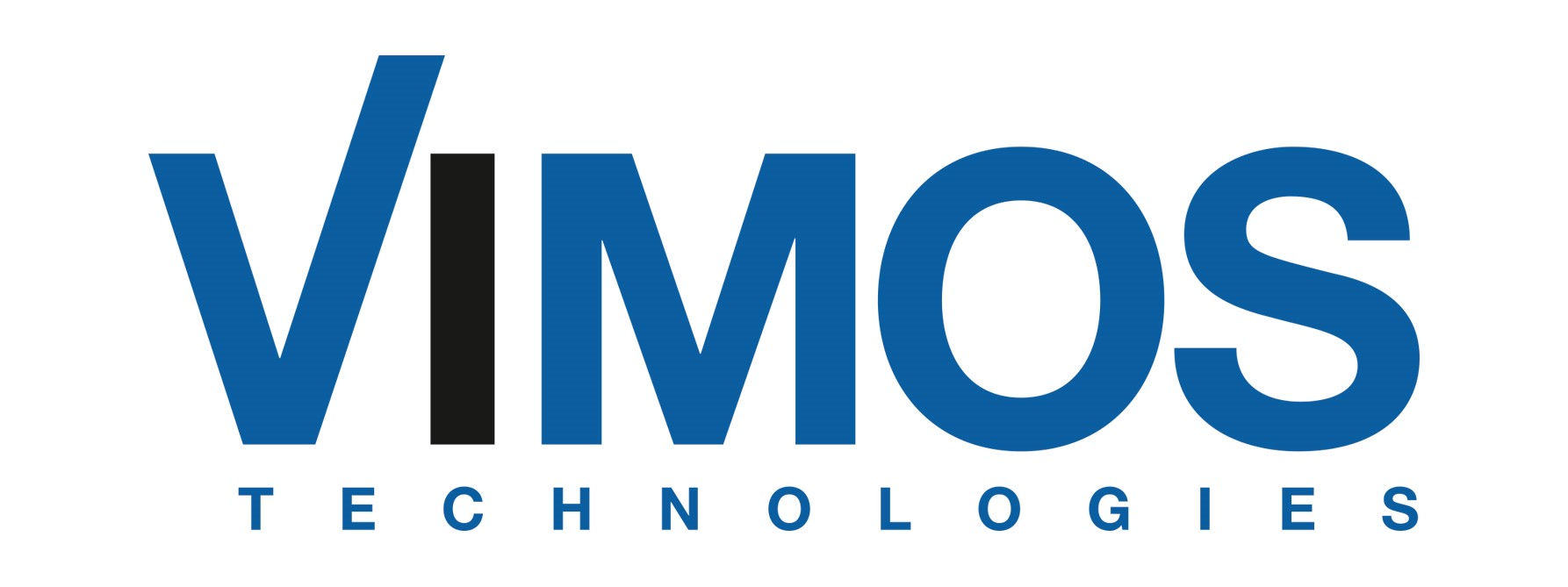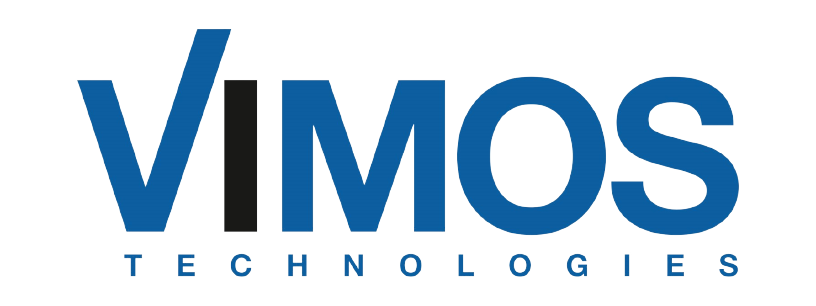Display interfaces are an important part of the modern computing world. Display interfaces allow devices like computers, tablets, and smartphones to seamlessly connect to internal & external displays. This enables users to increase screen size or screen resolution when using their device. While there are many different types of display interfaces available, two of the most used in professional applications are LVDS and MIPI.
LVDS stands for Low-Voltage Differential Signaling and is a serial data transmission protocol used to communicate between two devices, typically a display controller and an LCD panel. LVDS is the most commonly used display interface because of its simplicity, reliably, as well as power efficiency. But since 2009, is has gained an increasingly popular contender, named MIPI.
MIPI stands for Mobile Industry Processor Interface and is a high-speed serial interface aimed to be used in mobile devices. It can be used to connect between the application processor, display controller, camera modules, sensors, power management ICs, and other peripherals. MIPI is designed to provide maximum performance, power efficiency, and flexibility for mobile devices, but can also be used for stationary (wired) displays.
Although LVDS and MIPI are the most common display interfaces used today, DisplayPort (besides HDMI) is the standard output of PCs and other computers while USB Type-C with is DisplayPort Alt Mode can commonly be found in mobile devices such as smart phones. DisplayPort and USB Type-C use a single cable connection that can transmit audio, video and even power over the same connection. It can also support up to 8K resolution, making it ideal for high-resolution displays. However, many displays do not have native DisplayPort support and require an additional converter IC in order to utilize these advantages while simultaneously keep using LVDS/MIPI displays & benefit from the large number of available displays.
Lontium Semiconductor does provide the perfect solution to connect a DisplayPort source to any MIPI/LVDS display with the LT7911UXC. A converter IC capable of driving the highest resolution displays (up to 8K) as well as VR/AR applications.

In conclusion, LVDS and MIPI are two of the most commonly used display interfaces today. They are reliable, low-power and offer a variety of features that make them suitable for almost every display application. However, DisplayPort is the de-facto standard in modern PCs thanks to its single cable connection, support for 8K resolution, and royalty-free usage. With the inclusion of the LT7911UXC, users can take advantage of all the benefits that come with using DisplayPort but also keep their LVDS/MIPI displays.
Lontium Semiconductor does offer a whole range of bridge/converter ICs for various display interfaces. If you are interested in the mentioned LT7911UXC or if you need a different type of converter, please do not hesitate to Contact Us!


